A comprehensive survey designed to surface consumer comfort levels with new and emerging technologies.
Get Started for FREE
Sign up with Facebook Sign up with X
I don't have a Facebook or a X account
 Your new post is loading... Your new post is loading...

Justin Lahullier's curator insight,
December 11, 2018 7:53 AM
Disruption is right around the corner for traditional business models!

Obinna Odenigbo's curator insight,
October 30, 2018 3:55 AM
AI could be very useful in the retail industry.
Graphics Design's curator insight,
February 5, 2018 1:41 AM
In the event that you are good to go, custom vinyl banner design pulling in new clients could expand your pay. Flags are utilized to pull in the eye of potential customers like nothing else. Indeed, they are a basic device, have been previously and will keep on later on.
bert juriyam's curator insight,
April 7, 2017 1:24 AM
Anti Aging Cream Review is a Consumer testimonial which they may be no longer Forced or Paid To Do so, which means they could DO a negative or superb review freely about this product. So, Do Not Buy This Aviqua Anti Aging Cream Product Wian are at it once more – flooding Facebook newsfeed with Ellen Degeneres’ anti-ageing advertisements. The advertisements appear to be featured on people.Com, eonline.Com or ellentv.Com. When you click on at the advertisements, it takes you to completely exceptional web sites selling miracle anti-ageing cream. Some of those so-referred to as miracle wrinkle cream encompass: Hydroderm, Triple Effect Eye Serum, BioGeniste Wrinkle Reducer, Dermal Meds, Bellavei, Miracle Phytoceramides, Belle Complex, Hydradiance ete web sites are unlawfully the usage of Ellen’s name and photograph to peddle unproven products. Ellen Degeneres and Dr. Oz DO NOT endorse these products. In addition, the sites also mention how an ordinary mom use Ellen’s mystery to lessen wrinkles in just 14 days. This is the image the.
|

Curated by Farid Mheir
Get every post weekly in your inbox by registering here: http://fmcs.digital/newsletter-signup/
|




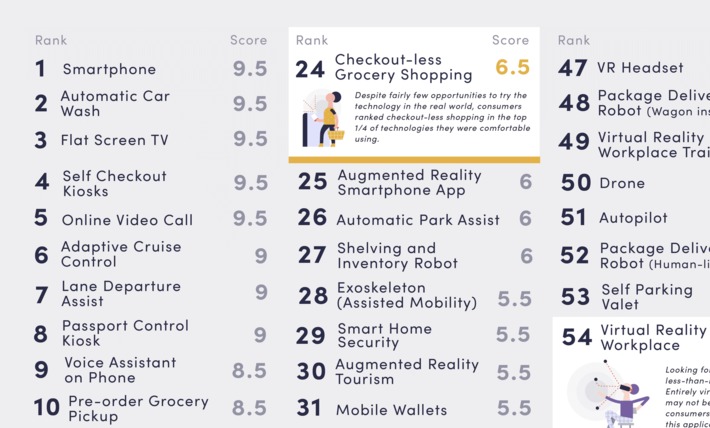

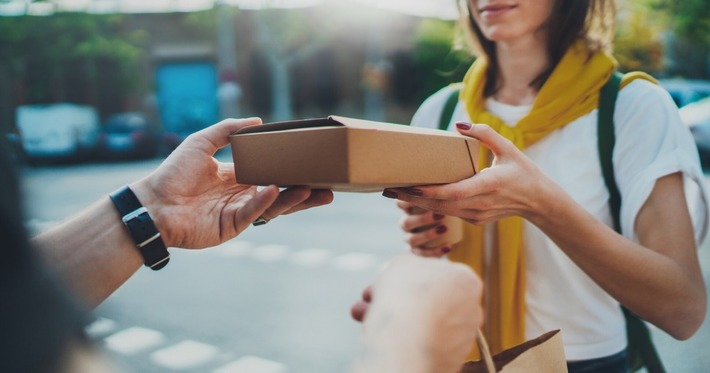
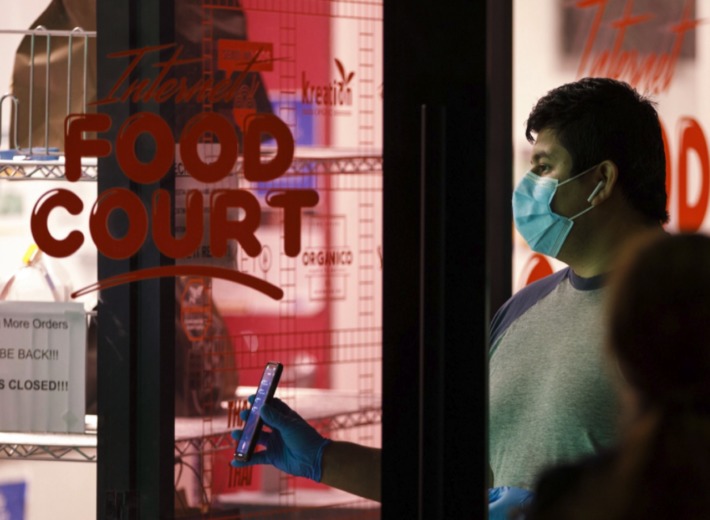

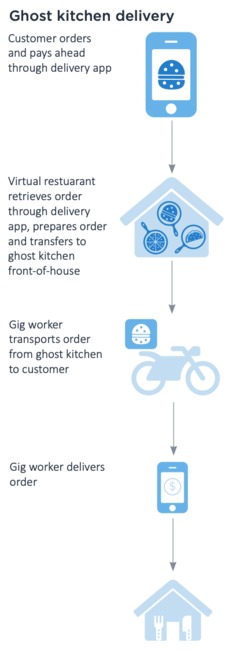

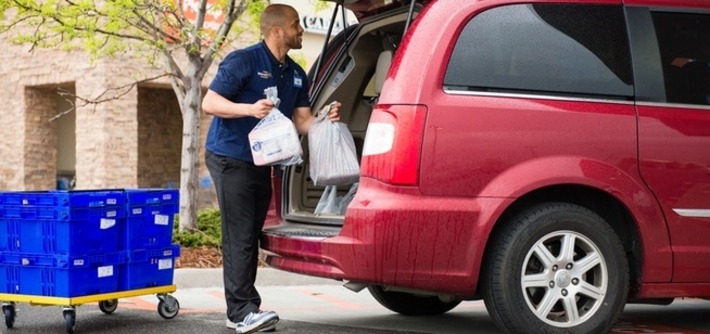


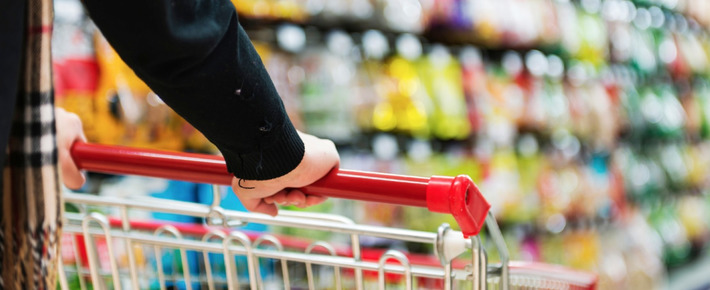
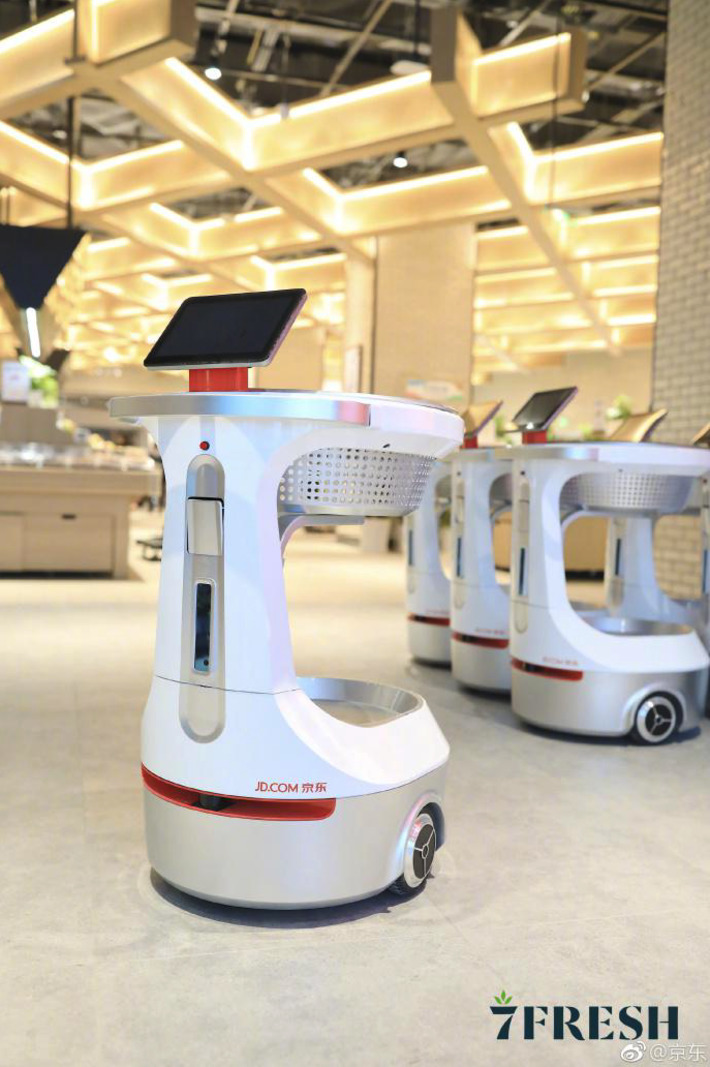
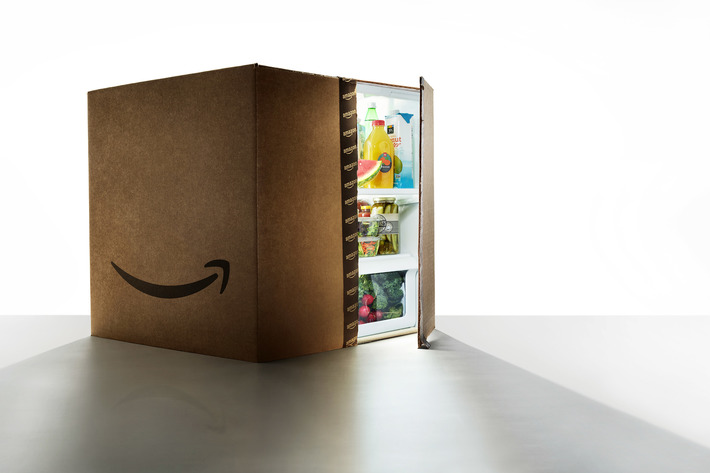
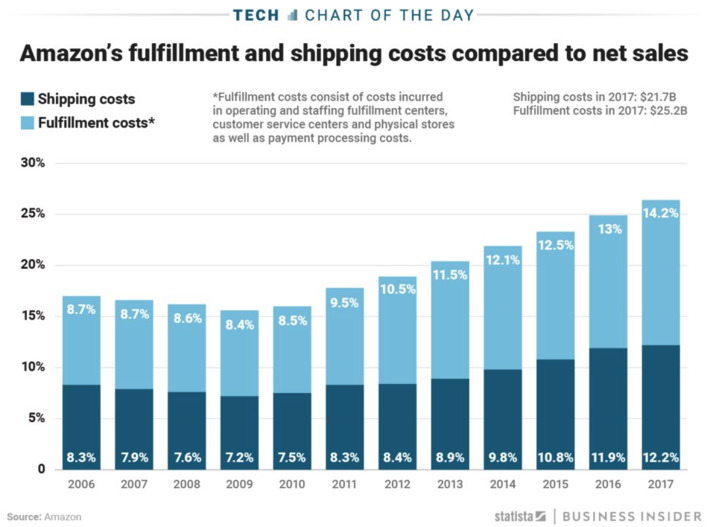
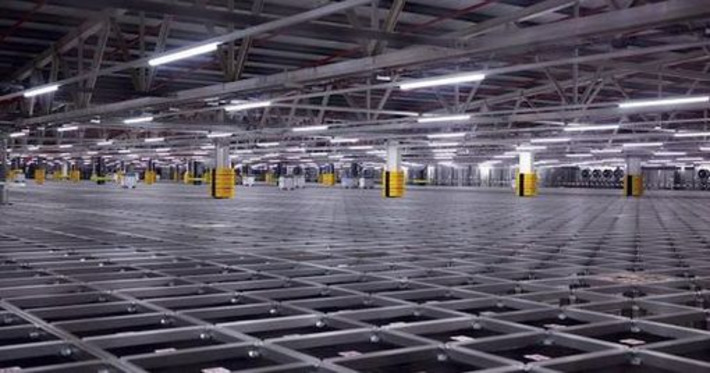


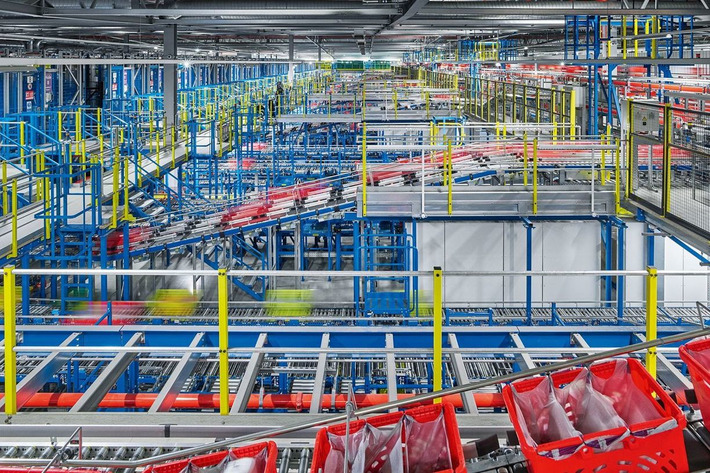
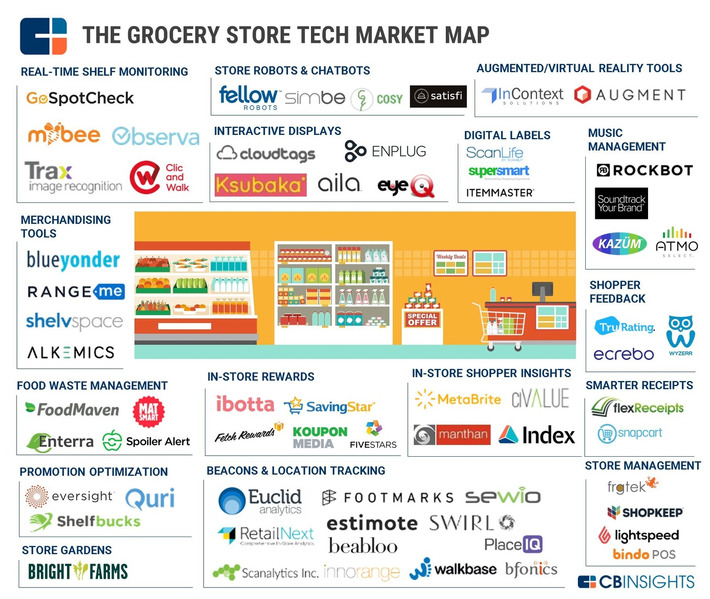

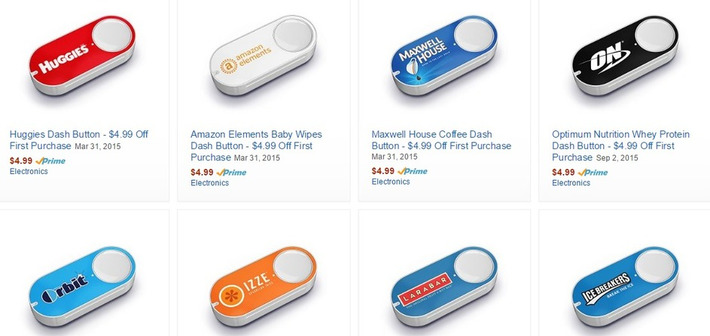
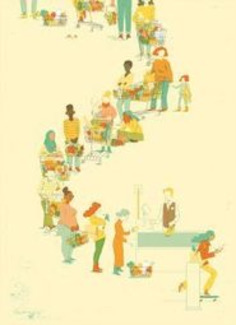
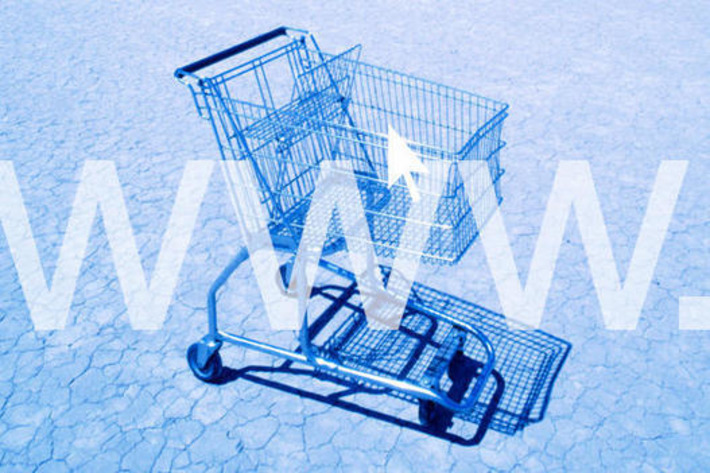
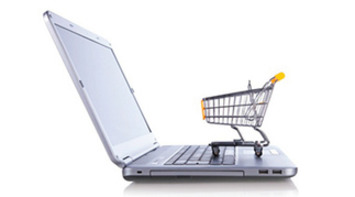

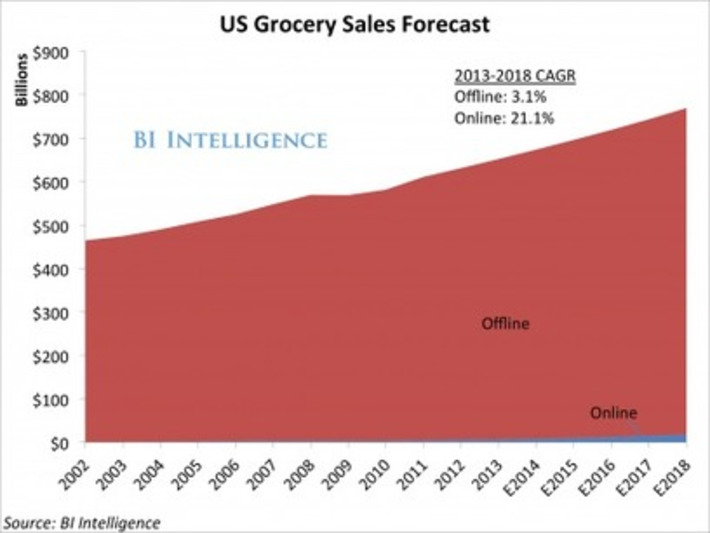
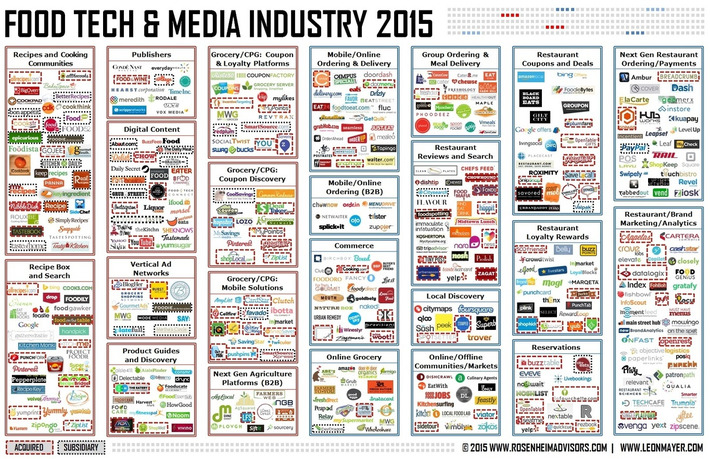









WHY IT MATTERS: the scores and the ranking is not important. This list is meaningful because it shows just how broad and deep the automation has become in retail stores. Expect to see a lot of those in your local shopping destination.